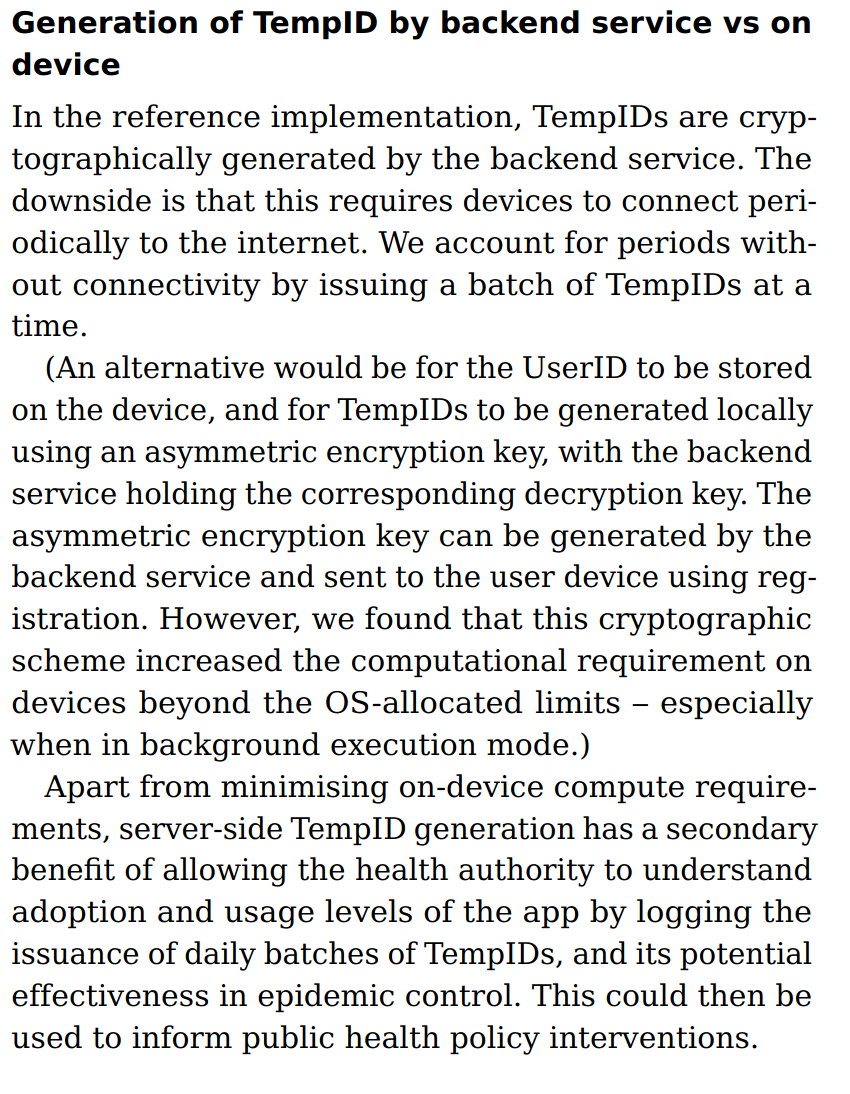
1/5: Remember how @ElectionsACT didn't need to make their source code openly available for public scrutiny because it was going through an "audit and certification process"?
They published the votes on Friday and it is immediately evident that the counting code has bugs.
#ACTpol
They published the votes on Friday and it is immediately evident that the counting code has bugs.
#ACTpol
2/5: Andrew Conway implemented the count & found notable discrepancies with the official tallies - more than 20 votes in some cases. Our report is at github.com/SiliconEconome…
None of these bugs change the winners. They could have, but this year - by sheer good luck - they didn't.
None of these bugs change the winners. They could have, but this year - by sheer good luck - they didn't.
4/5: The real concern is the e-voting systems, pollsite and Internet, which must have had similar quality assurance but allow no chance for independent verification.
The pollsite system should have a voter-verifiable paper record and openly available code.
@twbtwb #ACTPol
The pollsite system should have a voter-verifiable paper record and openly available code.
@twbtwb #ACTPol
5/5: Internet voting should cease until there's public evidence that the votes are private & the results verifiable. I doubt such evidence will be here soon.
If they can't count the votes right, there's no chance they've solved one of the hardest open problems in online security.
If they can't count the votes right, there's no chance they've solved one of the hardest open problems in online security.
• • •
Missing some Tweet in this thread? You can try to
force a refresh




